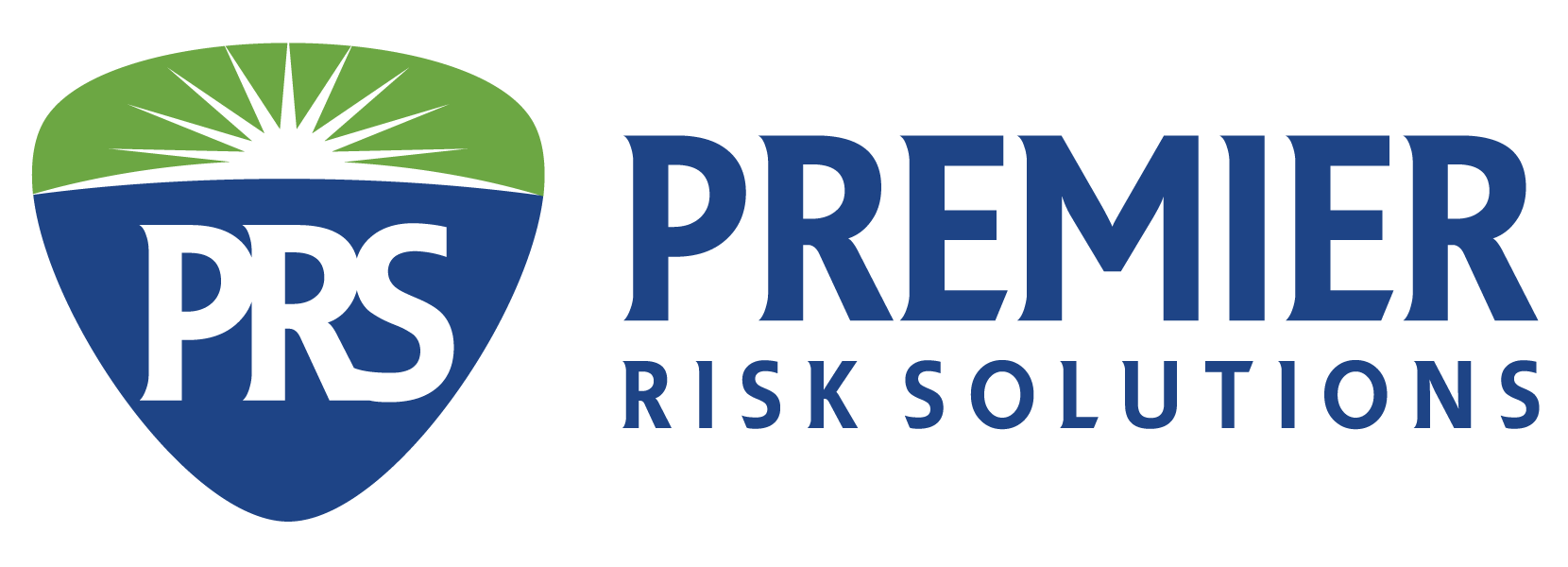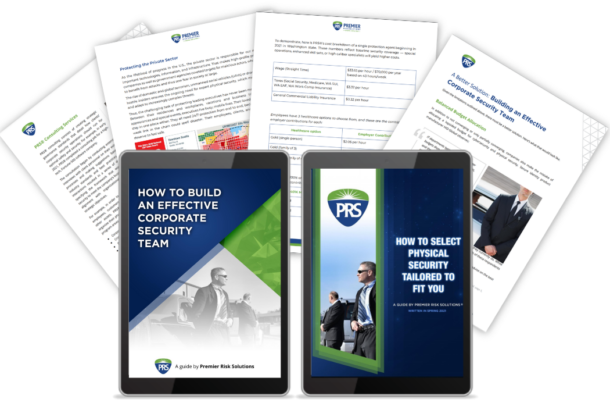Drug Diversion Interviews in Healthcare: Gateway to the Truth
The Emotional Connection Interview
By: Kevin Vanover and Rich Cinfio
The intent of this article is not to provide an in-depth review of drug diversion in healthcare; rather, it is to shift the primary focus to what we believe is the most critical component of the investigation process: The Interview. The interview is all too often overlooked, misunderstood and mishandled by well-intentioned leaders who may not be fully prepared to perform this responsibility at the level needed. There are inherent obstacles when trying to determine the truth under very stressful circumstances. Drug diversion interviews are by their very nature high-stress with much at stake. To overcome these challenges, the interviewer needs to possess a significant level of training and experience. The latter poses its own set of challenges when the interviewer is unaccustomed to utilizing conversation on a daily basis to determine the truth. To help better understand the importance of a sound interview approach, it is helpful to possess a general awareness of drug diversion nuances in healthcare.
Drug Diversion in Healthcare
Internal diversion of controlled medications by hospital employees erodes the care plan and safety of patients, hurts the service image of the care provider and supports the employee’s unhealthy and unlawful lifestyle. Further compounding this is the possibility of state-imposed fines, Joint Commission sanctions and patient initiated civil litigation. Typically, clinical care providers, such as physicians, nurses and pharmacists, have the most access to controlled medications. Despite existing systems to deter such activity, some caregivers possess the motivation and opportunity to circumvent safeguarding protocols to use medications for their own purposes. One motivation is drug addiction. The American Association of College for Nursing estimates there are 3.8 million registered nurses in the United States. Various studies place drug addiction rates among nurses at 8 to 15%. This is not to assume, however, that all drug addicted nurses divert medication. The frequency of diversion is also a factor to consider. John Burke, President of the International Health Facility Diversion Association, using extrapolated data from medical facilities in Ohio, estimates that 37,000 drug diversions occur nationwide annually at an estimated loss approaching $200 million.
What is clear, is the consequences of drug diversion are significant and harms everyone involved. In many instances the patient is denied pain relief and the risk of exposure to blood-borne pathogens from the cross contamination of supplies can elevate. Other concerns include inaccurate billing for medications never received and criminal and state regulatory board investigations resulting in sanctions.
Common Methods Used to Divert Medications
Some common methods for diverting medication include “wasting product”, which occurs after a patient refuses the medication or the dose pulled is inconsistent with the amount ordered, and the remaining dose is then used for the healthcare workers (HCW) own purpose. “Substitution” of medication occurs when the HCW diverts the intended medication and administers a common uncontrolled medication in its place. Another way to divert medication is the concept of “One for you and one for me”. This occurs when the HCW pulls two doses of medication – often two pills – scans the dose in the system and gives one dose to the patient while keeping one for their own use.
Prevention Strategies
There are many systems commonly used to support prevention and detection of diversion activities. In addition to having a sound early recognition system to detect anomalies and other patterns of possible diversion, common defense strategies include strict transportation and storage guidelines, the tracking of retrieved or “pulled” medication from storage systems, such as “Pyxis machines”, and documenting when and to whom the medication is provided.
Suspected Diversion: Initial Response Options
Despite existing systems and protocols to prevent and detect diversion, it does occur on an all too frequent basis. Responses can vary and typically consist of:
- Monitoring the behavior to determine if additional steps need to be taken.
- Remedial education and training if established protocols are not being followed.
- A review of practices and behavior exhibited by critical stakeholders involved in the dispersion of medication processes.
- Convening an internal review group consisting of experts representing various medication touchpoints to examine and assess existing facts.
- Reporting to state regulatory agencies. Typically, each state has a regulatory oversite board that falls under various branches of the state government.
While there are numerous response strategies available when diversion is suspected, it is our belief that all must strike the proper balance between protecting the patient, provider and employee. Fairness, balance, compassion and sensitivity is highly important when ensuring the determination of truth and the inherent accuracy of facts. Taking an aggressive posture that wrongly accuses the employee will leave them feeling abandoned by the organization with trust irrevocably broken. At the same time, determining the truth is a significant safety and risk- management concern for all involved parties.
Despite the existence of numerous response strategies, interviewing the employee is often the only available course of action that yields the greatest results and determines the truth. The question then becomes how to fairly balance everyone’s interest while protecting the needs and safety of the patient? It is our belief the interview and statements provided by the employee most often sheds direct light on what occurred and in a fair manner; thus, eliminating the need for speculation and an unsettled outcome. A truthful admission has many benefits including:
- A legitimate explanation that clears up a misunderstanding.
- Identifying training gaps that need to be rectified; very helpful when the employee is new.
- Providing clarification on next-steps to help guide the recovery process.
- Preventing future diversion attempts in a timely manner.
- Shedding light on protocol adjustments in the event the interview does not yield a clear direction.
- Gathers facts that can be used to prevent future activity by strengthening oversight.
- Serves as a mitigation strategy for patient safety, risk management and liability exposure.
- A fair process done in a compassionate way messages to the organization and patients that the organization has a strong, yet balanced approach while focusing on a zero-tolerance standard.
It has been our experience, however, that this most valuable tool, in our professional opinion second only to direct observation of theft (which rarely occurs), is often mishandled resulting in a cloud of confusion, frustration and mistrust. Common interview pitfalls include:
- Rushing to conclusions.
- Supervisor and others dismissing or downplaying the facts: rationalization and denial.
- Inherent bias when leaders make decisions based on personal relationships with staff.
- Interviewing before all available facts are known.
- Poor or non-existent documentation.
- Using harsh language and tone of voice.
- Conducting a “police interrogation” first.
- Attempts to outsmart and outwit the healthcare worker or bluffing with false information: “The Colombo approach”. The mistaken belief that a factual “gotcha” moment will result in an admission.
In addition to failing to establish an emotional bond with the employee, one of the more common mistakes is having too many people involved in the interview process. There is the mistaken belief that some bit of information will be missed, or an employee’s right will be violated so every entity who touches the diversion process needs to be in the room. With so many group representatives involved, the interview takes on the appearance of an inquisition. This all but guarantees an unsuccessful outcome because the interview focuses on what occurred thus failing to answer the more important question – why it occurred. It is the “why” that provides the gateway to determining the truth. Simply stated, having too many people in the room more often than not severely limits the interview and prevents a connection. This was one of many reasons why criminal investigators, who perform sensitive and stressful interviews, transitioned away from this model decades ago
A Different Approach: The Emotional Connection Interview & Determining the Why
Unrealized by many, interviews are highly complicated, involve many facets and require the interviewer to make an instant emotional connection with the interviewee. A connection that fosters trust, reduces fear and provides the best opportunity for establishing the truth. The interviewer needs to actively listen for a small kernel of information that requires a seamless and instant pivot towards a new direction; the ability to ease the employee’s concerns, fear and eliminate untruthful defenses while genuinely investing in their future recovery. There are five primary facets to the emotional connection interview: Preparation, Environment, Opening, Narrative and Closing. The following is a brief summary for each:
Preparing for the Interview
Preparations in advance of the interview include:
- Reviewing and understanding all facts associated with the incident.
- Examining the employee’s work history.
- Determining what is known that could drive the employee to engage in this behavior.
- Preparing the interviewer’s mindset – determining how best to approach the interview.
Interview Environment
A proper interview environment is critical. In general:
- Conduct the interview at a neutral and confidential location that is free of distractions.
- Silence cell phones.
- There should be no more than two factfinders in the room.
- Only one person should ask questions.
- Initially, only take written notes when necessary. Note taking is a distraction and prompts defensiveness.
- Prepare a few questions in advance and avoid a script.
The Opening
Explain to the HCW that the interviewer is here to understand why this happened. Explain that we know what happened, but we don’t know why. The why is important for many reasons including setting the context for what occurred – the salient driving issues – which help set the foundation for discussion.
- Summarize that you are representing everyone involved including them. Recognize and discuss the pressures the employee must be feeling.
- Explain that the organization has a robust analytical system that provides the pharmacy team with anomalies associated with the distribution of medication and these cases are investigated daily just looking for answers.
- Allow the HCW to explain the processes they use when performing their medication responsibilities for narcotics and non-narcotic medications.
- Assure the HCW that this process has the ultimate goal of making sure that the HCW is healthy and to have better work-life balance.
The Narrative
- Practice active listening by letting them talk.
- Listen for defensive themes designed to mislead the interviewer. Themes many times include statements that attempt to imply the theft did not occur or they are not responsible. Examples include, “I know you won’t believe this but…”; “To tell you the truth…” or “I swear on…”
- Explore opportunities to reaffirm that “good people make mistakes”.
- Compare many life events to the interviewee with the ultimate goal of minimizing what has occurred.
- Speak to the root-causes for the behavior not the behavior itself.
- Empathize with them as they explain the why. You are asking them to open up and to be vulnerable. Be prepared to be vulnerable yourself.
- Vary tone of voice to encourage conversation and to display compassion.
The Closing
Once there has been sufficient conversation to adequately address all facts and concerns, then the interview can enter into the closing phase.
- Explain to the HCW that this investigation has to be reported to the state regulatory board and local law enforcement for separate investigations. Emphasize that their cooperation with the additional investigations is optimum to reaching the end goal of a healthy lifestyle.
- Actively share in their relief by telling the truth; be encouraging and non-judgmental.
- Let the HCW know that they will be supported through the Employee Assistance Program to include the drug screen process prior to leaving the site on the day of the interview. Think of it this way: The ultimate goal is to determine the truth and to bring closure for all involved. Done right, the employee may reach out and thank you in the future for impacting their life in a positive way, sharing with you the recovery process.
The investigation of suspected diversion can be a complicated, emotionally charged and stressful endeavor. A properly trained interviewer has the ability to obtain the truth, streamline the process, lessen stress for everyone involved and enhance future safety.
To learn more about diversion and The Emotional Connection Interview, contact Premier Risk Solutions at www.premierrisksolutions.com.
Kevin Vanover Bio:
Kevin has served law enforcement and healthcare security for over 20 years. He is a recognized security expert who specializes in complex investigations with a special focus on drug diversion. Previous experiences include serving as a law enforcement officer in the State of Ohio, including a special assignment to a drug task-force, and was subsequently promoted to Lieutenant in-charge of felony investigations. Kevin is currently employed by a large healthcare system in the Greater Cincinnati Area where he serves as a Protective Services Investigator, supporting drug diversion investigations for multiple locations within the system. Kevin is well educated and highly experienced in best practices related to diversion within a healthcare setting. His work has gained the professional respect of local, state and federal authorities as well as regulatory board personnel due to his case work in addition to his presentation of case work within the board setting.


